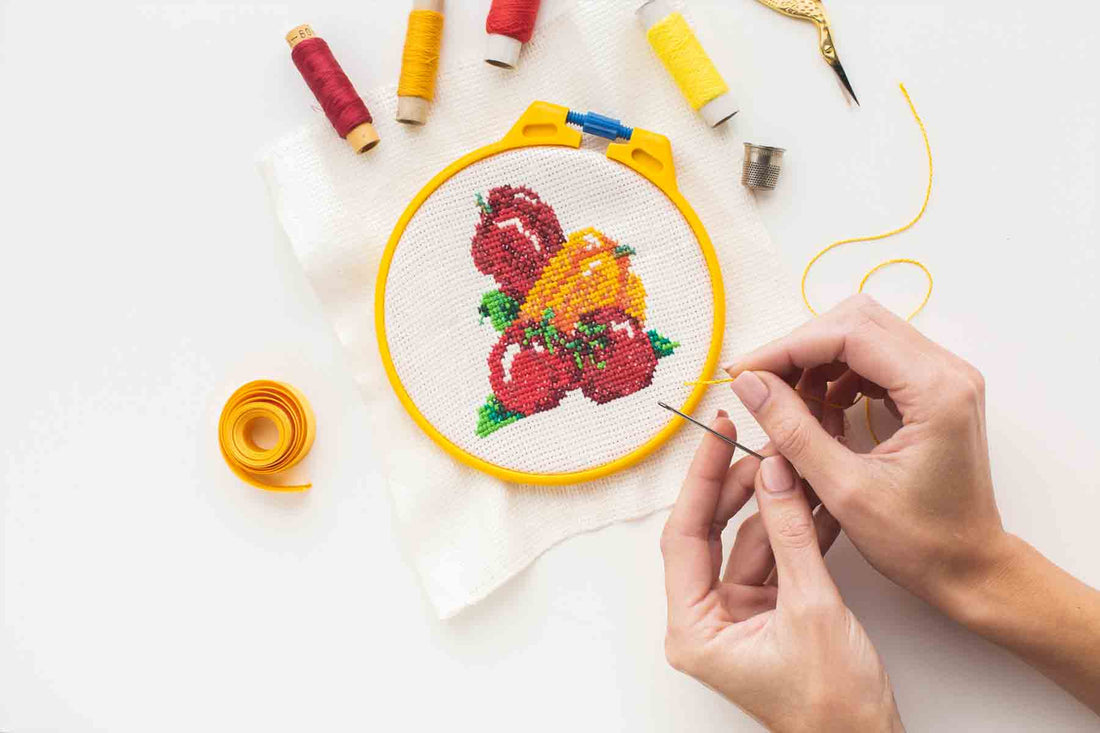Embroidery, an art form celebrated globally, is as diverse as the cultures from which it stems. The methods employed in this craft range from simple to intricate, each bearing unique characteristics and stories. Whether you're a budding embroiderer or a seasoned artist, understanding these techniques can provide a rich tapestry of options for your creations. Here, we'll explore some renowned stitching methods and their distinctive features.
-
Cross-Stitch
One of the most recognized techniques, cross-stitch involves creating X-shaped stitches in a tiled pattern. It's often done on even-weave fabrics, with designs ranging from monograms to elaborate scenes.
Unique Feature: The grid-like nature of the technique allows for pixel art representation, making it popular for both traditional and contemporary designs.
- Crewelwork
Originating from medieval times, crewelwork utilizes wool yarn on linen or twill fabric. The stitches can be varied, but the material remains consistent: wool.
Unique Feature: The texture and depth offered by wool threads make crewelwork distinct, often giving designs a slightly raised, 3D effect.
- Hardanger
A form of counted-thread embroidery from Norway, Hardanger uses satin stitch blocks and geometric designs, often resulting in a lace-like appearance.
Unique Feature: Portions of the fabric threads are cut away, giving it a characteristic cutwork look.
- Blackwork
Historically done with black silk thread on white linen, blackwork embroidery features geometric designs and was popular for decorating clothing in Tudor times.
Unique Feature: The patterns are often repetitive, and when viewed from a distance, they give a shaded effect.
- Stumpwork
A 3D embroidery technique from the 17th century, stumpwork incorporates raised and padded stitches, often using wire, beads, and other materials to give a lifelike appearance.
Unique Feature: The multi-dimensional aspect of stumpwork can make designs pop out from the fabric, creating a miniature relief.
- Ribbon Embroidery
As the name suggests, this technique employs ribbons instead of traditional threads, resulting in designs that are voluminous and vibrant.
Unique Feature: The broad, silky texture of ribbons allows for the creation of lifelike floral patterns and bows.
- Sashiko
Originating in Japan, Sashiko is a form of decorative reinforcement stitching that uses white cotton thread on indigo blue fabric, often showcasing geometric patterns.
Unique Feature: Beyond its beauty, Sashiko was historically used to strengthen fabrics, making garments warmer and more durable.
Embroidery, a nexus of art and craft, invites exploration. Each technique, with its history and peculiarities, can transform a simple piece of fabric into a canvas of stories, traditions, and beauty. By acquainting oneself with these methods, an embroiderer can navigate the vast seas of creativity with confidence and reverence for the craft.

